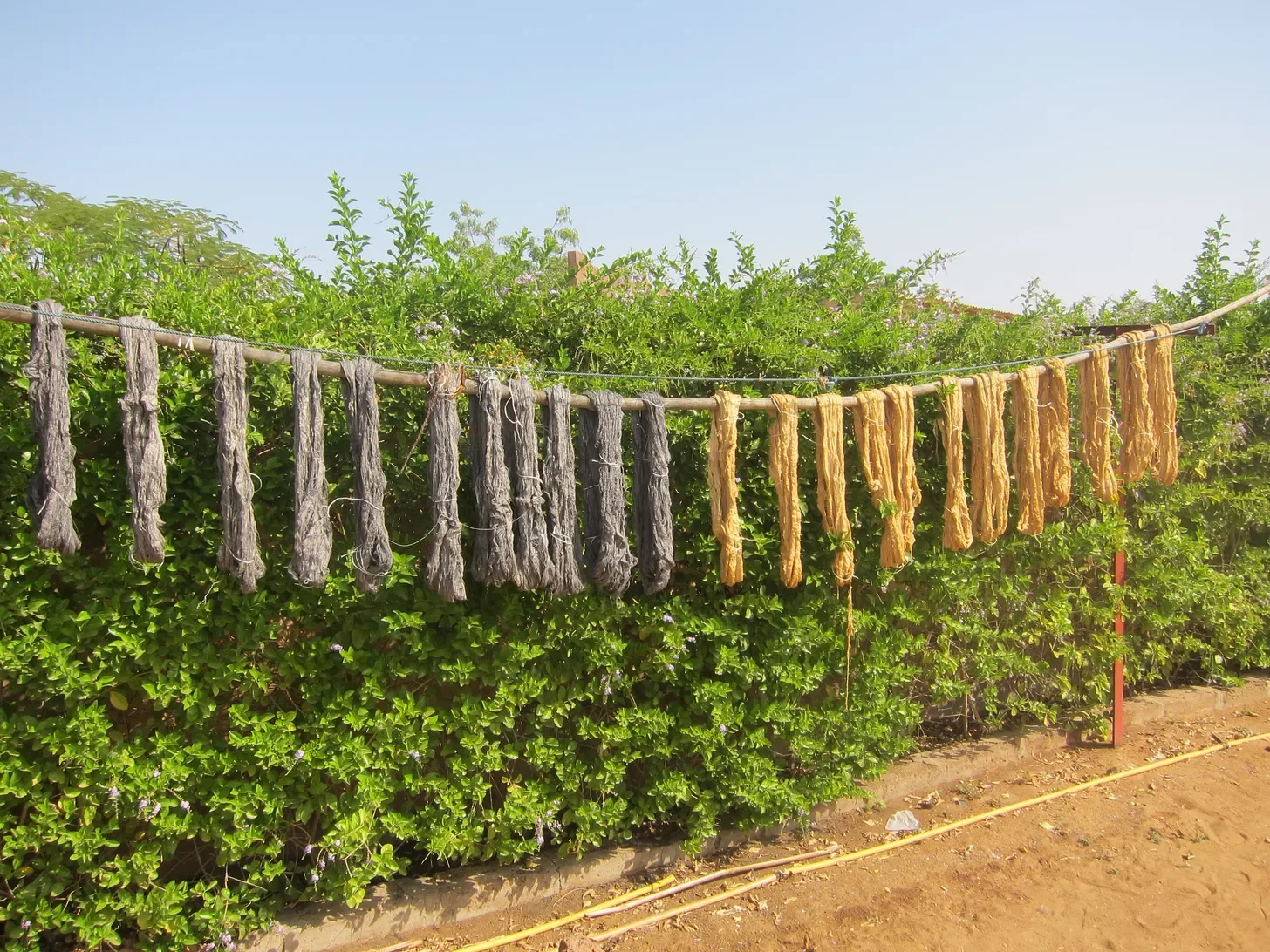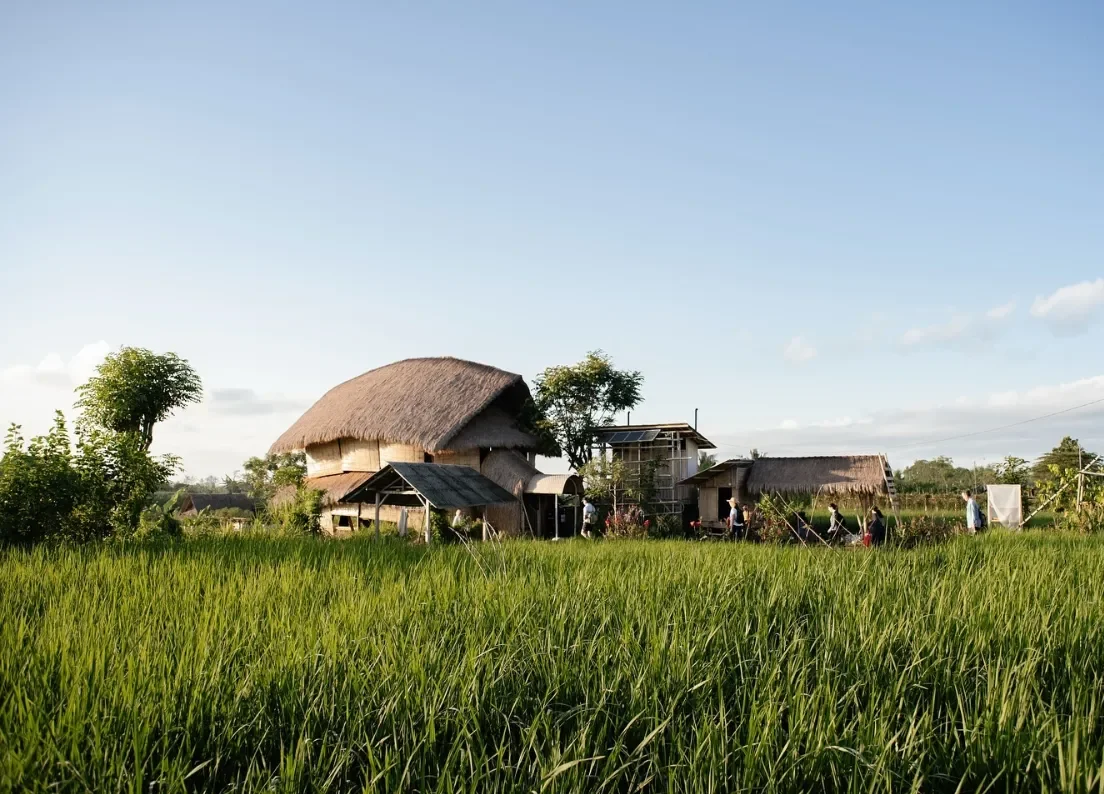Craft, Agriculture & Memory
Craft and Agriculture: A Note from HARPER IN Bali
Last week I began the Living the Rice Cycle course with Astungkara Way - a three and a half month agricultural journey for visitors to Bali to experience seed to harvest alongside Balinese farmers. Our first class was a beautiful immersion into the cultural wisdom, challenges, and future dreams of local rice farmers. And we got to get our hands and feet dirty in the mud, which is always fun.
Some of the most inspiring crafts in our world draw directly from the natural environments in which they are created. The Gullah basketweavers of South Carolina’s Lowcountry create their works of art using their surrounding palm leaves. Local alpaca and llama wool together with naturally harvested natural botanical dyes come together to create vibrant Andean weavings. The list goes on.
So in many ways, it’s natural for a craft enthusiast like me to be equally fascinated by agriculture. And the first step of the Astungkara Way has already uncovered just two of the many ways in which the challenges of agriculture teach us about the challenges of handcraft.
The first was better understanding the ethos of mass production which has been imposed onto farmers, and the challenge of transitioning farmers to regenerative practices. Farmers have been sold the narrative of “faster and more,” leaving them dependent on chemicals and the modified seed mafia for survival. Both agriculture and craft face systems that have incentivized scale and speed over sustainability and heritage. Transition requires safety nets - financial, cultural, and market-based so people can choose regeneration without risking their short-term survival. It takes knowledge sharing, subsidies, and market access to make the transition back to regeneration feasible and appealing to the farmers. But it also takes remembering -remembering all of this knowledge that they still have within their culture and traditions that have sustained them for thousands of years.
The second was seeing how the agricultural sector must engage youth to continue the work of their ancestors. Just like in the craft sector, there’s an urgent need to make sure the next generation sees value in carrying forward traditional skills and knowledge or there is a huge risk of loss.
These conversations around subsidies, market access, and generational continuity all felt super familiar. They’re the same ones we have in the craft world where artisans are working to remember the old ways, pass them on, and find pathways to thrive in today’s market.
And in many ways, it’s both the concept of importance of cycles and memory in agriculture and craft that’s resonating with me these days. Both farmers and artisans are rediscovering ancestral knowledge that was almost lost to modern systems promising speed and yield. The process of “remembering” from elders before teaching the next generation mirrors so clearly the textile and craft world. At its core, regeneration is so much about remembering. Innovation yes, but also the softness of remembering. How we find and maintain that balance is the work.
Like craft, regenerative farming also depends on a balanced ecosystem: barrier plants, biodiversity, additional income streams. I see the same need in craft: local markets, exports, and tourism working together. Neither farmers nor artisans can thrive in isolation. They each need a thriving, diverse ecosystem of various stakeholders to keep the work alive. In many ways, revenue diversification and biodiversity play the same role in craft and art respectively.
Amidst the resonant similarities between agriculture and craft, I was also struck by some of the ways in which - in an ideal world at least - craft could draw from agriculture. For example, the sanctity of labor remains a core value among Balinese farmers. When I asked about the farmers’ baskets, I was told a farmer might happily sell you one for $2, but if you wanted 10, the price might jump to $5 each. Not because of greed, but because producing more adds stress. Unless it’s worth it, they’d rather not.
We’re so often told as producers of stuff that there exist “economies of scale.” But the farmers I’ve met here ask, “At what cost?” That boundary felt profoundly different from any of my experiences in the craft sector - a reminder that behind every handmade item is a person safeguarding their pace, dignity, and quality of life. And yet, the ability to even hold that boundary is itself a kind of privilege, one not available to every artisan or craftsperson navigating economic or systemic pressures.
Of course, there are differences between agriculture and craft. Agriculture is imperative to life, it’s a must-have. Craft and art, while not physiological needs, are imperative to thriving, knowledge sharing, and connection. Regeneration, I believe, is simply giving back more than you take. How we do that in agriculture and craft may differ, but it’s so important that we seek it out in both sectors - considering all the inputs and outputs of the work, the product, and the system - and planning for a positive net impact where people and planet can flourish.
Astungkara Way, Sibang, Bali

